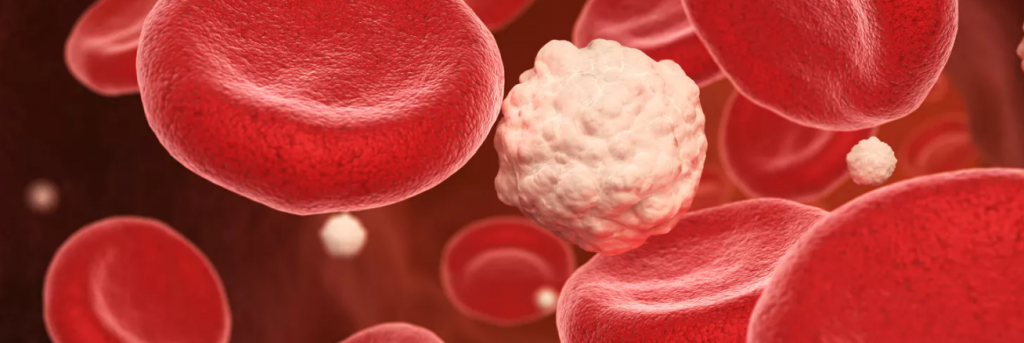
Have you recently had an HbA1c blood test? It is quite likely that at least once a year you will have one. It’s a common and important test that can measure your long-term average blood sugar levels.
This guide will help you interpret your HbA1c results, and explain why HbA1c is an important way to measure metabolic health. We’ll also explain reasons for occasional unexpected variations in HbA1c results and the strengths and weaknesses of the test.
What is HbA1c and why does it matter?
Hemoglobin A1c (HbA1c, or sometimes just called an A1c) is a way to assess your average blood glucose levels. It differs from a fasting glucose measurement in that fasting glucose is a snapshot of your blood glucose level at that one moment in time, when you first wake up in the morning before eating. The HbA1c, however, is a longer-term measurement that reflects your average blood sugar over the previous two to three months.
It can measure this longer time frame because hemoglobin, which transports oxygen in your blood, is a protein that glucose sticks to over time. The more sugar in your blood, the more it sticks to the hemoglobin. When any protein becomes sticky with sugar in this way it’s called glycation or glycosylation. So rather than measuring the amount of glucose in a drop of blood, HbA1c measures the percentage of glucose stuck to the hemoglobin in your blood, or in medical terms, the percentage of glycation of the hemoglobin.
HbA1c result can be translated into an estimated average daily glucose level. Here are the averages and ranges the ADA uses:
| HbA1c (%) | Estimated average glucose mg/dL (range) | Estimated average glucose mmol/L (range) |
| 5 | 97 (76–120) | 5.4 (4.2–6.7) |
| 6 | 126 (100–152) | 7.0 (5.5–8.5) |
| 7 | 154 (123–185) | 8.6 (6.8–10.3) |
| 8 | 183 (147–217) | 10.2 (8.1–12.1) |
| 9 | 212 (170–249) | 11.8 (9.4–13.9) |
| 10 | 240 (193–282) | 13.4 (10.7–15.7) |
| 11 | 269 (217–314) | 14.9 (12.0–17.5) |
| 12 | 298 (240–347) | 16.5 (13.3–19.3) |
Maintaining blood sugar within a normal range is critically important for long-term health. Does that mean, however, that you’re totally fine if your level is consistently 5.6% or below? Not necessarily. When your HbA1c is bordering the cuttoffs for pre-diabetes, and your results are trending up, it can be an indicator that you are on your way to future blood sugar problems and perhaps an eventual type 2 diabetes diagnosis.
If your HbA1c is obviously quite high — regularly in the type 2 diabetes range— that is a clear indication that your blood glucose is elevated most of the time and you should explore ways to help bring it down to a healthier level, such as with a low-carb or ketogenic diet or intermittent fasting.

